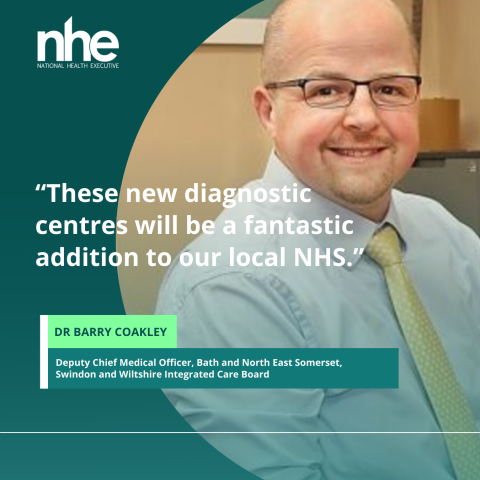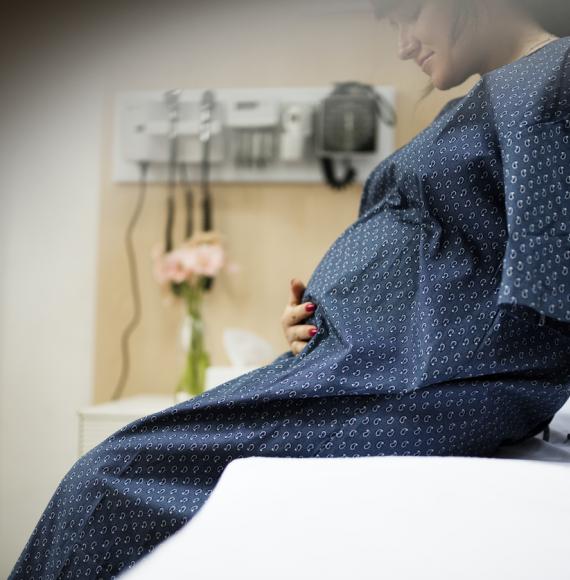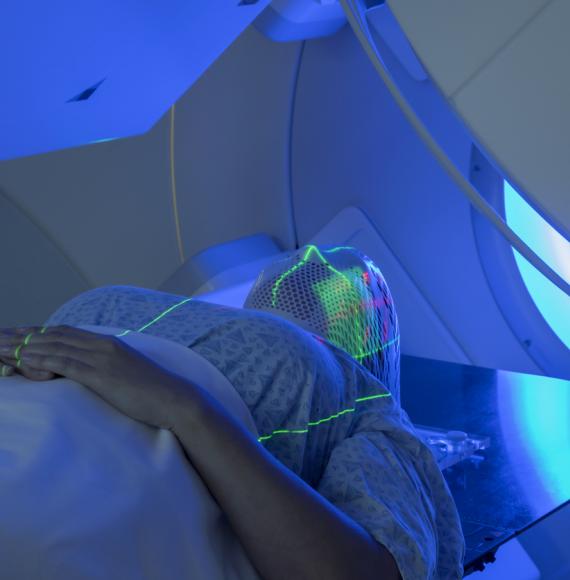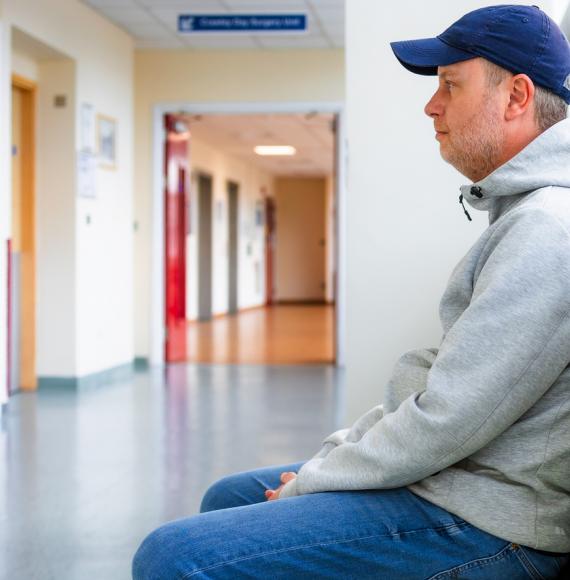Bath and North East Somerset, Swindon and Wiltshire Integrated Care Board (BSW ICB have announced the opening of three new community diagnostic centres across the region. The new centres will offer a range of diagnostic services, including X-rays, MRI and CT scans, blood tests, ultrasounds and endoscopies, closer to home for local patients.
The first centre, Sulis Hospital in Bath, opened in the spring and is already providing services to patients. The two remaining centres, at West Swindon Health Centre and Salisbury Central Health Clinic, are expected to open before the end of the year.
It is expected that the new centres will allow greater convenience for patients as well as an expected reduction in waiting times. The centres have also been designed to be smaller and more intimate than larger hospitals and centres.

Once all three centres are fully operational, it is expected that there will be an extra 65,000 diagnostic appointment slots available in Bath and North East Somerset, Swindon and Wiltshire.
Dr Barry Coakley, deputy chief medical Officer, BSW ICB, said: “These new diagnostic centres will be a fantastic addition to our local NHS. They will provide greater convenience for patients, reduce waiting times and improve the resilience of our health and care system.
“I am particularly pleased that the new centres will help us to focus more on prevention and early detection. By identifying and diagnosing potential problems early on, we can help people to stay healthy and live longer, happier lives.”
Dr Peter Collins, chief medical officer, Salisbury NHS Foundation Trust, said: “During the pandemic, many diagnostic services were paused, as the NHS focused its attention on caring for patients with Covid-19, and people in need of lifesaving urgent and emergency care.
“Thankfully, with the pandemic now behind us, we are now in a position to really get back up to speed, and reduce the time local people need to wait for this kind of care.
“These new sites will ensure that more people can have the tests they need sooner and closer to home, meaning that conditions such as cancer can either be ruled out or identified much quicker than before.
“What’s more, by having a greater diagnostic capacity in the region, our teams can begin to develop more efficient and effective ways of working, while also utilising the latest technology and clinical advances.”
Photo Credit: Istock


















